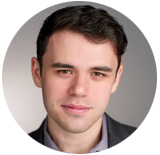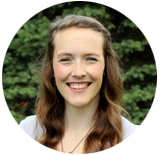
Tyler Kinner (WWTF ‘15)
BIOGRAPHY
Tyler Kinner developed a passion for teaching and educational equity during his undergraduate years while serving as a mentor to high school students as part of his work in a research laboratory. After earning degrees in chemistry and physics, Tyler was awarded a Woodrow Wilson Georgia Teaching Fellowship in 2015 and completed his teacher preparation program at Piedmont College. Tyler taught at Meadowcreek High School, one of Georgia’s most diverse high schools, and has since moved into a role supporting teachers as Gwinnett’s district-wide 6-12 Science Instructional Coach. Supporting more than 40 middle and high schools, Tyler focuses on providing meaningful professional development and high-quality curricular resources while simultaneously encouraging teachers to lean into the uncertainty of modern science pedagogy.
SCHOOL PROFILE
- Large school
- Urban/Suburban/Exurban
- Traditional public school
- Enrolled students: ~180,000 (district-wide)
- Free/Reduced lunch percentage: >80% (varies by school)
- Racial profile: Diverse (varies by school)
SESSION ABSTRACT
As the school year draws to a close, many teachers are reflecting on the rapid pivot to digital learning. While every educator has poured time and effort into their digital instruction, the potential for the need to continue digital learning into the upcoming school year remains. This possibility demands intentional planning to build relationships, develop a classroom culture, and ensure equity for all students. This session will focus on using culturally responsive pedagogy as an actionable framework for developing an effective rapport with students in a virtual environment.




